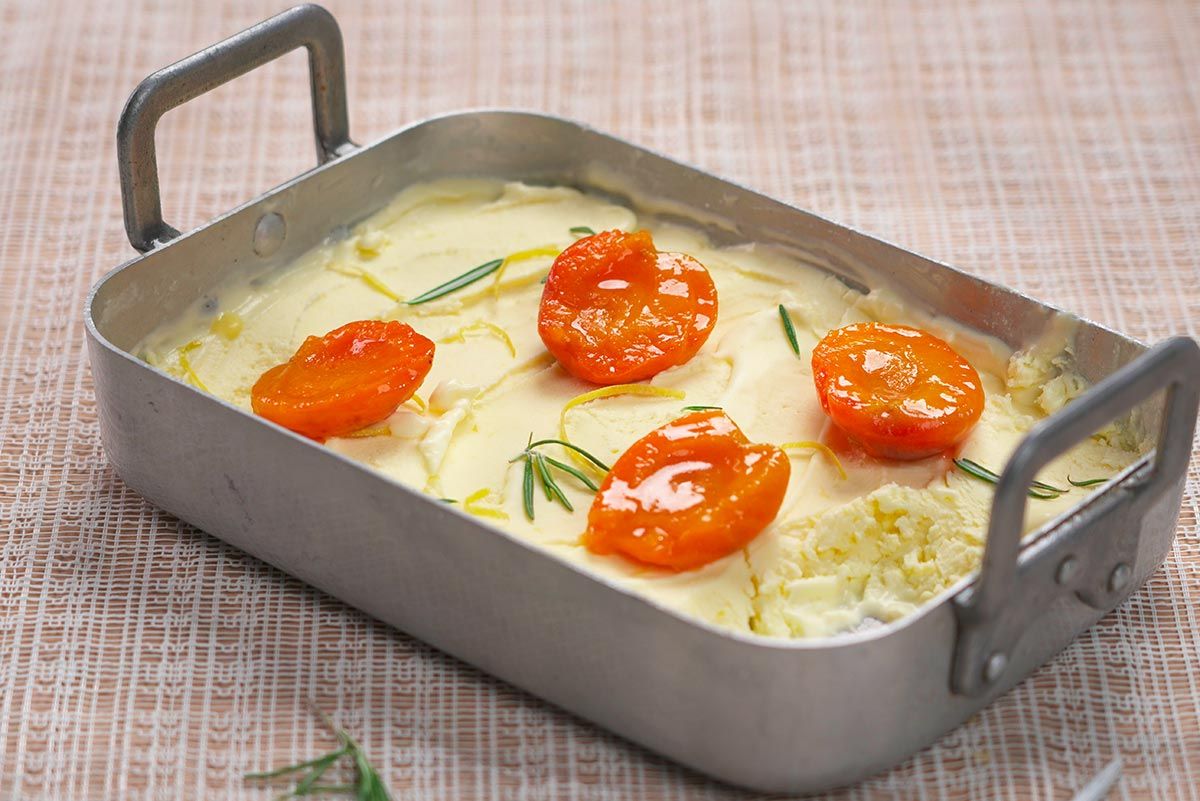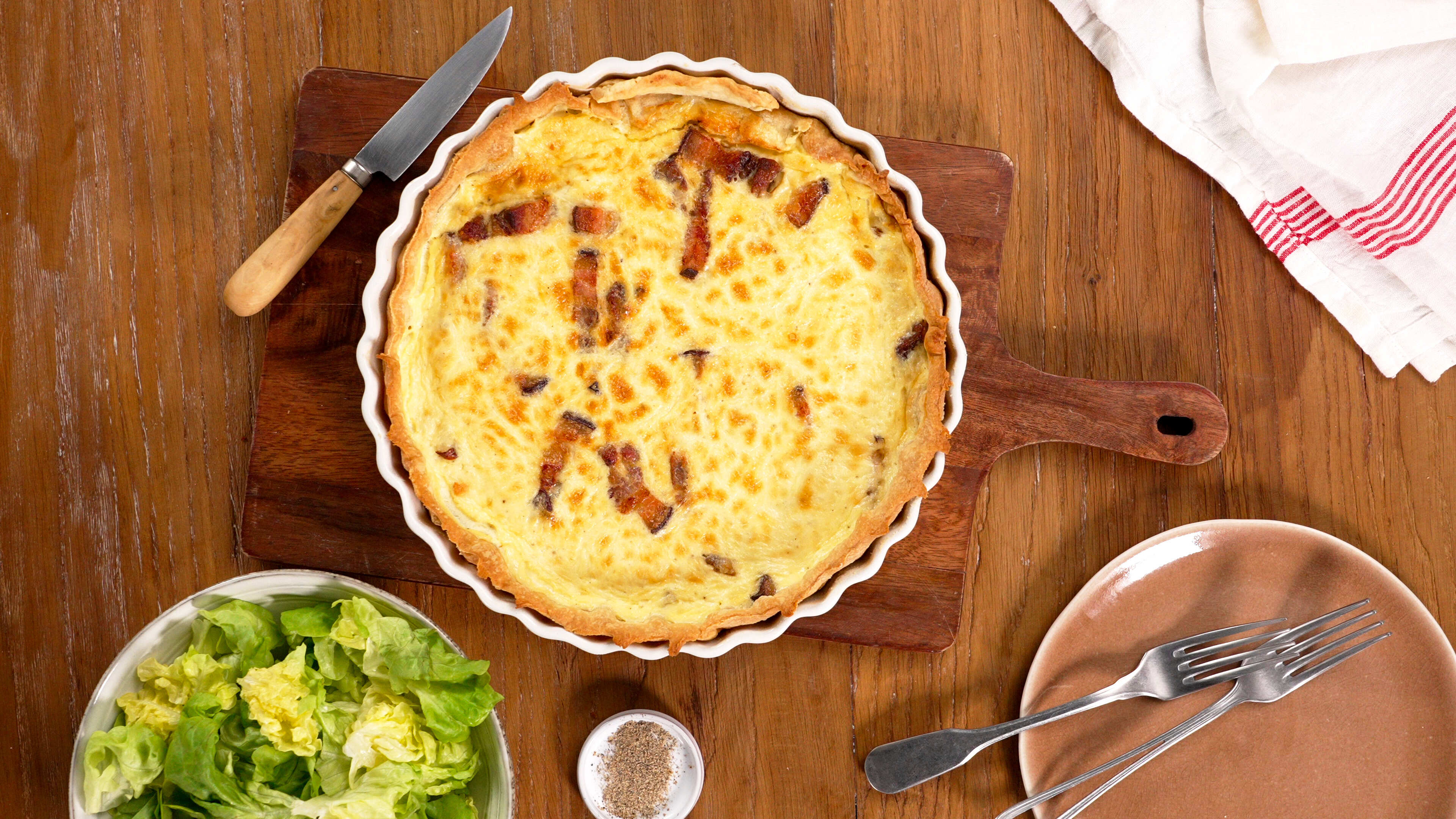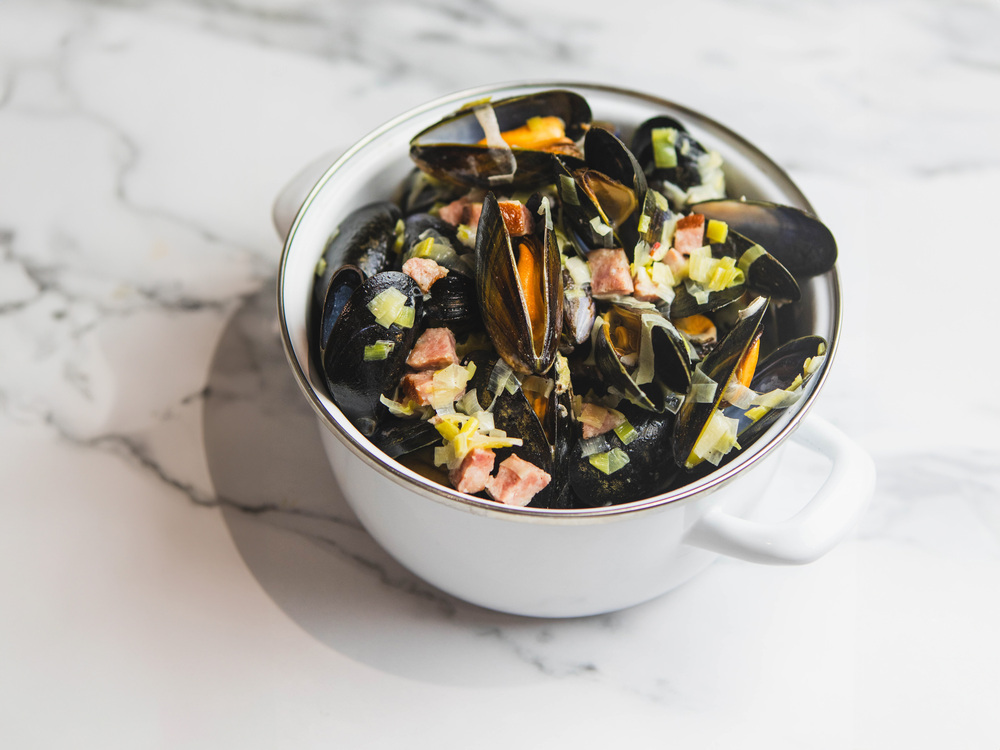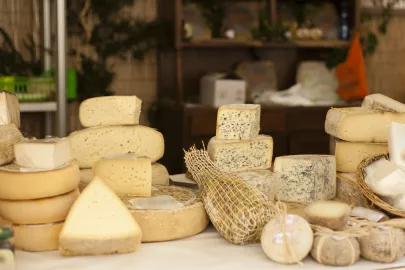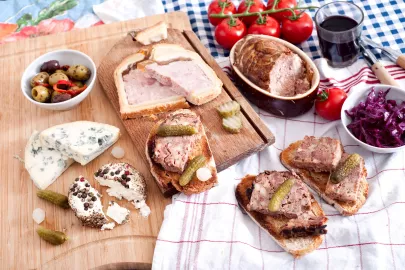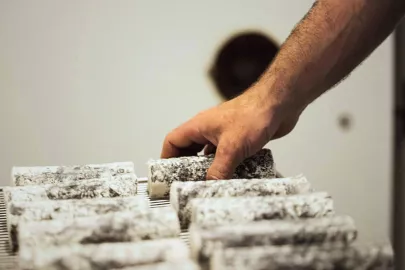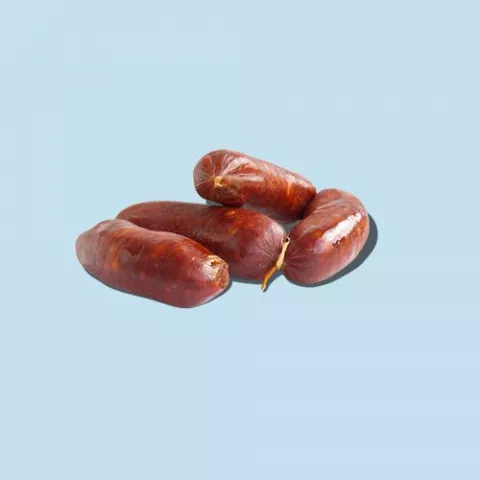Navigating the Dairy Aisle: The Differences between Crème Fraîche, Sour Cream and Double Cream
Ever wondered how crème fraîche differs from sour cream? Or if you can substitute double cream for crème fraîche? Let's demystify the world of cream for you!
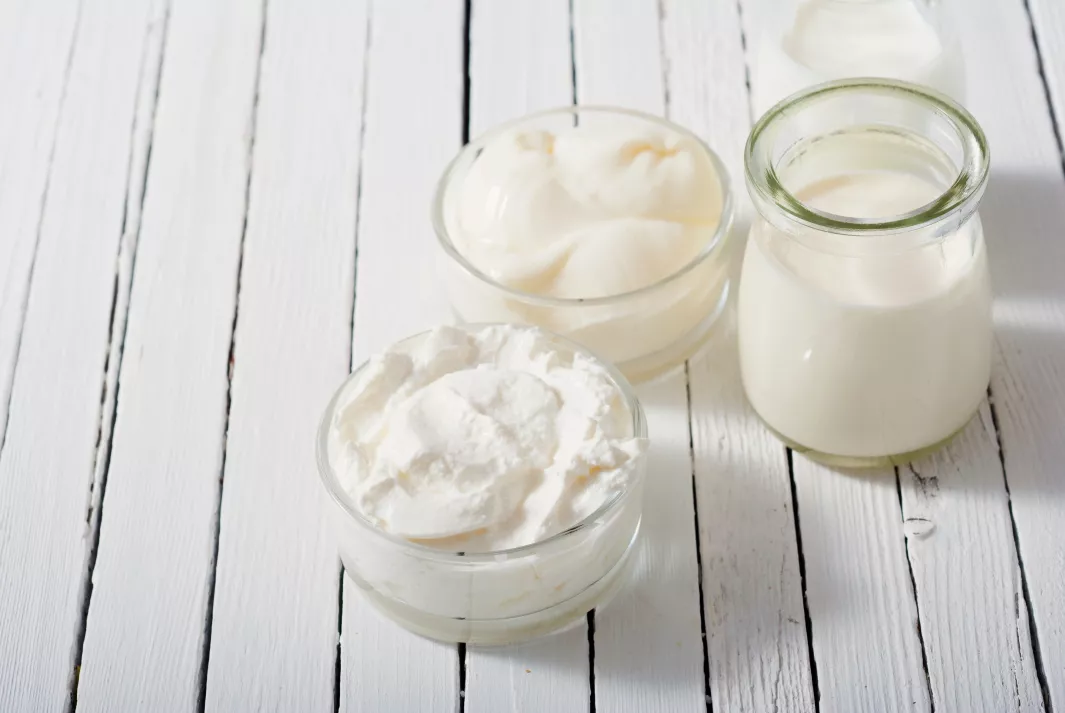
Crème fraîche, sour cream, double cream, whipping cream and single cream are all popular dairy products… yet grasping their nuances and optimal uses can often pose a challenge. In this article, we'll unravel the mysteries behind these creamy delights, helping you navigate the dairy aisle with confidence!
Crème Fraîche
Pronounced “krem-fresh” in French, crème fraîche boasts a luxurious texture and a mild flavour. With a fat content of around 30 to 40%, it's a versatile ingredient for both sweet and savoury dishes. Known for its ability to withstand heat, crème fraiche is a preferred choice in cooking. For a taste of authentic French savoir-faire, seek out Isigny Crème Fraîche and Bresse Crème Fraîche PDO, celebrated for their exceptional taste and texture. Available in grocery shops and supermarkets around the world, these French treasures with a Protected Designation of Origin label will elevate your culinary endeavours.
How to Use Crème Fraîche in Desserts
Sour Cream
A staple in American kitchens, sour cream adds a tangy kick to dishes. With a fat content of 20-30%, its creamy texture enhances recipes as a topping, in dips and in baked goods. It has a thinner consistency compared to crème fraîche, meaning it may not hold up as well in cooked dishes or sauces that require thickening.
Double Cream
For those in pursuit of unmatched richness, double cream reigns supreme with a hefty fat content of around 48%. Rich and velvety, it transforms desserts, sauces, and recipes into indulgent delights. Keep in mind that double cream is more prone to curdling when heated compared to crème fraîche due to its lower acidity level.
Whipping Cream
With a fat content of approximately 36%, whipping cream strikes a balance between richness and lightness. Perfect for making whipped cream, it can be whipped into soft or stiff peaks, elevating your desserts and beverages. The French equivalent would be crème fleurette, which is ideal to prepare an exquisite crème chantilly!
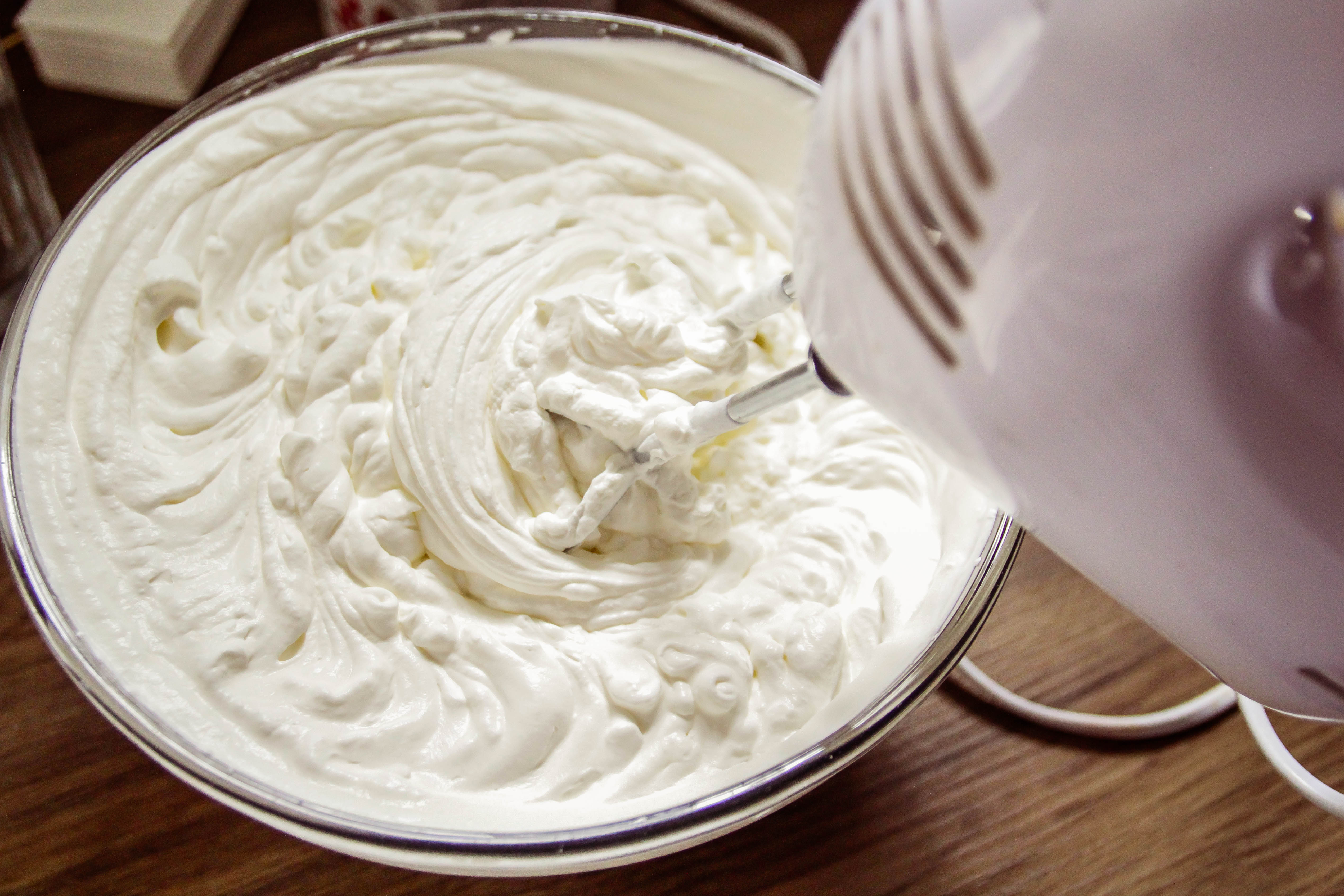
© Kinga Krzeminska
Single Cream
Offering a lighter touch, single cream boasts a lower fat content of around 18%. Commonly used in coffee, tea, and as a pour-over for desserts, it provides a subtle creaminess. However, its lower fat content may limit its suitability for recipes requiring thickening or a luxurious mouthfeel in desserts.
While we could continue exploring other cream varieties like British clotted cream (a thick cream with at least 55% fat content) or crème crue (which is neither sterilised nor pasteurised and only available via local food circuits), how about we tempt you with some creamy recipes? Indulge in dishes such as our famous Quiche Lorraine, our delicious Chicken Fricassée with Mustard Sauce and our iconic Christmas Yule Log! After all, when it comes to cooking, we believe in adding that extra touch of "creaminess" to every dish!


